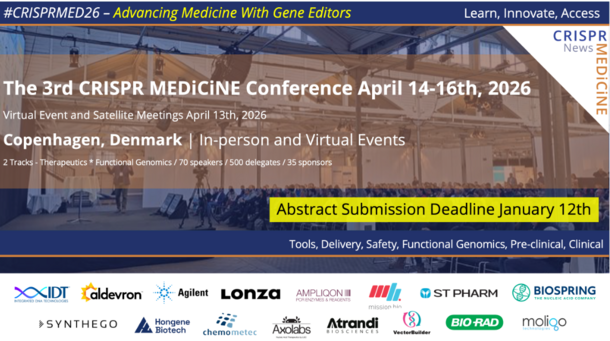Lung cancer is generally divided into two types: small cell lung cancer (SCLC) and non-small cell lung cancer (NSCLC), depending on the size of the affected cells when viewed under a microscope. NSCLC accounts for 85 % of all lung cancers, while SCLC accounts for the remaining 15 %.
Lung cancer may not cause signs or symptoms in its early stages. Some people with lung cancer have chest pain, frequent coughing, blood in the mucus, breathing problems, trouble swallowing or speaking, loss of appetite and weight loss, fatigue, or swelling in the face or neck. Additional symptoms can develop if the cancer spreads (metastasises) into other tissues.
NSCLC is divided into three main subtypes: adenocarcinoma, squamous cell carcinoma, and large cell lung carcinoma. Adenocarcinoma arises from the cells that line the small air sacs located throughout the lungs. Squamous cell carcinoma arises from squamous cells that line the passages leading from the windpipe to the lungs (bronchi). Large cell carcinoma arises from epithelial cells that line the lungs. Large cell carcinoma encompasses non-small cell lung cancers that do not appear to be adenocarcinomas or squamous cell carcinomas. The 5-year survival rate for people with NSCLC is usually between 11 and 17 %, but this can be lower or higher depending on the subtype and stage of the cancer.
